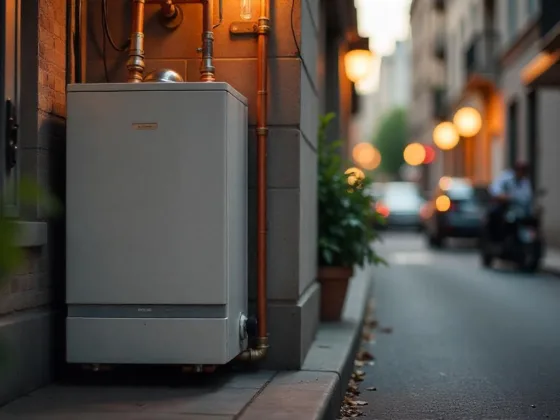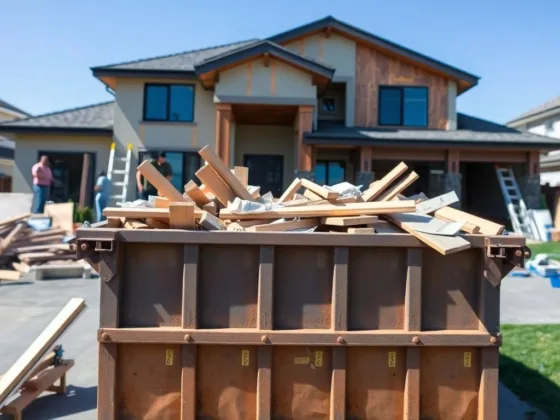Table of Contents Show
Some people will say that nothing lasts forever and even the ruins of the old world eventually crumble to dust.
It’s funny because the parts of the ancient world comprised of compressed and baked dust, aka brick, is what survived.
Under the right conditions, brick can survive for as long as 650 years!
Brick is not only an excellent building material renowned for its strength and slow energy transfer, it’s also repairable.

Taking care of a cracked brick wall takes some know-how and some tools, but it saves you tons of cash on a new wall.
Keep reading to find out how to determine the extent of damage and how to repair your wall.
Cracked Brick Wall?
Fixing the cracks in a brick wall mostly involves filling in the area with mortar. That said, knowing what caused the cracks, and doing something to prevent them is always a prudent idea.
Identifying Cracks
Generally speaking, you will see three different types of cracks.
- Interior – shifts in the interior finish such as plasterboard or drywall
- Exterior – visible cracks directly on brick walls or concrete finishes
- Foundational – cracks that trace into the ground or show up internally in basements
Foundational cracks aren’t a DYI patch job. For those, you contact a masonry contractor. Unless there has been a serious seismic event in your area, foundation cracks are caused by water build-up or poor initial construction.
Repair Tools
The right tools add up to a lasting repair.
- Safety goggles, gloves
- Chisel
- Hammer
- Wire Brush
- Raking bar
- Brick Jointer
- Pointer
Most of these are easy to locate if you don’t have them.
Repair Steps
With your tools in hand and the crack identified, it’s time to get to work.
Clean up
First, you need to remove debris and broken mortar from the crack. This material, being of a different density than your repair, will lead to more damage sooner than later.
Scrape out the debris with the raking bar without going too far into the wall, you don’t want to create holes on the other side.
The old mortar along the edge of the bricks along the crack should also be removed with a chisel and hammer.
Finally, give the bricks a scrub with the wire brush to lightly score the bricks and get excess dust out.
Keep Moist
Most cracks occur because of settling or constriction. to avoid post-repair constriction, wet the bricks with water. Dry bricks are porous and will suck up excess moisture.
You want the bricks wet enough that they don’t suck moisture out of the mortar you use for the repair.
Read Also:
Patch Joints
With the brick jointer, move fresh mortar into the joins of the bricks. Fill in holes without pushing mortar behind the bricks and into the opposite wall surface.
Adjust your mortar mix to keep the colour of the wall consistent and to keep the mortar from becoming brittle when curing.
Point the Wall
The last step is to remove excess mortar on the outside and to flatten any mortar with the pointer.
Build It!
Taking care of a cracked brick wall is a bit of an art. It takes some trial and error to get the mortar right but an afternoon of maintenance can add decades to the wall and your home.
For more articles on home improvement and design, check us out again.










